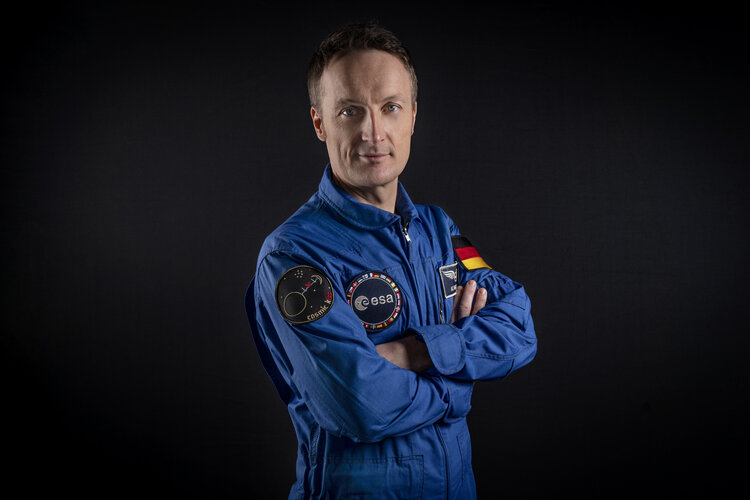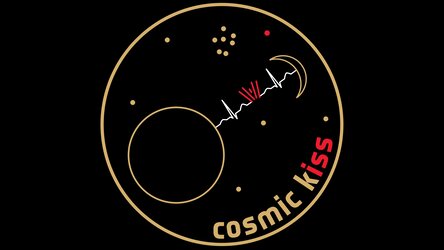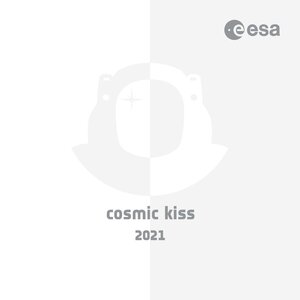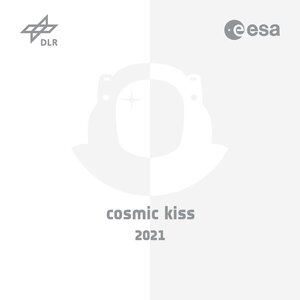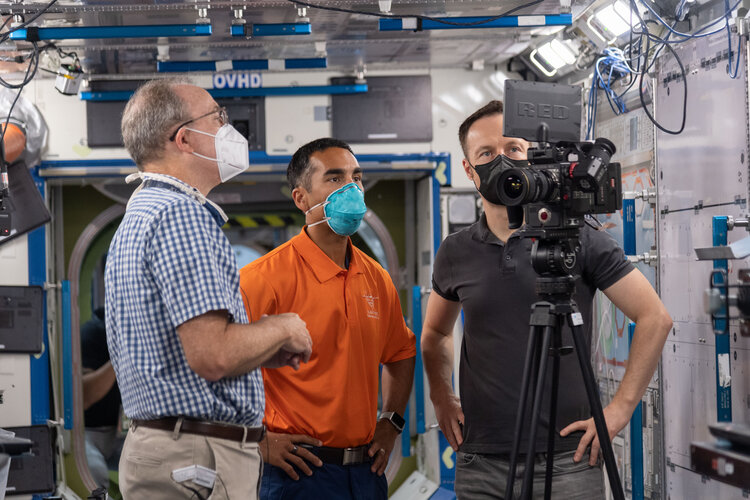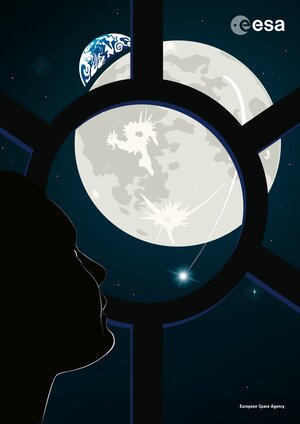Artificial intelligence for eye health in space
In brief
Young researchers from ESA’s Spaceship EAC initiative are keeping a good eye on ocular health by using images of astronauts’ optical discs in space to train an artificially intelligent (AI) model. All going well, this model will be used to automatically detect changes in the optic nerve of astronauts, known as Space-Associated Neuro-ocular Syndrome (SANS).
In-depth
First identified in NASA astronaut John Lynch Phillips, following his 2005 mission to the International Space Station alongside ESA astronaut Roberto Vittori and Russian cosmonaut Sergei Krikalev, SANS is now considered to be present in around two-thirds of astronauts and associated with long-duration exposure to microgravity i.e., 30 days or more.
It has also been named the number two risk to human health during a mission to Mars, making it an important area for research and innovation as astronauts explore farther beyond Earth.
The eyes have it

Eóin Tuohy, based at ESA’s European Astronaut Centre (EAC) in Cologne, Germany under the Spaceship EAC initiative, is part of the team behind the technology demonstration known as Retinal Diagnostics. During his traineeship funded by the Irish Research Council, he helped adapt an ocular lens used for routine clinical diagnostic operations, for use with a tablet in space.
“The device clips onto the back of an iPad, allowing astronauts to open the camera, record images and send them back to Earth using an app called Everywear, which ESA uses to collect physiology and medical data from astronauts,” he explains.
“ESA astronaut Matthias Maurer is one of our first subjects. The images he and his NASA colleagues send down will feed into a database used to train an AI model so, in the future, changes can be detected early and automatically, without the need for specialist medical expertise.”

The hardware used for Retinal Diagnostics was designed, prototyped, and tested in-house. Its in-orbit operation is supported by ESA’s multidisciplinary EAC Crew Operations Support (ECOS) team from the console room in Cologne, Germany. Eóin also helped train the astronauts who are now using the device in orbit and continues to play a major role in AI development and processing, working alongside experts from German Aerospace Centre DLR’s Department of Clinical Aerospace Medicine.
Principal investigator Juergen Drescher of DLR says “while developed for space, this mobile technology has potential to provide diagnostics in remote and extreme environments on Earth at reduced cost. Mobile biomedical diagnostic devices such as these will likely emerge as both an enabler of human deep space exploration and a sustainable model for health care on Earth.”
It will also help evaluate the impact of countermeasures such as the glasses or contact lenses currently provided to crew members.
From European Astronaut Centre to low Earth orbit

For Eóin, it is thrilling to think that something he worked on during his traineeship is now in the hands of astronauts in space. And he looks forward to further development of the AI engine.
“A lot of the work we do at Spaceship EAC is at a super low technology readiness level (TRL),” Eóin explains.
“We come up with and test incredibly early-stage concepts for things like augmented reality for exploration or 3D printing on the Moon. It’s creative, interesting stuff, but knowing that something I have worked on and held in my hands is flying in space right now really brings home the practical nature of the work that we do.

“This technology is going to be really helpful for crew on the International Space Station, but hopefully it will also be used during Moon missions and on to Mars. And then also on Earth as Juergen says. It is very cool.”
The Retinal Diagnostics investigation is sponsored by ESA (European Space Agency) with the German Aerospace Center (DLR) Institute of Space Medicine. The team includes:
Dr. Claudia Stern (DLR Department of Clinical Aerospace Medicine)
Scott Ritter (DLR Department of Clinical Aerospace Medicine)
Dr. Juergen Drescher (DLR Technology Marketing)
Eóin Tuohy (European Astronaut Centre, European Space Agency – Irish Research Institute)
Dr. Aidan Cowley (European Astronaut Centre, European Space Agency)















 Germany
Germany
 Austria
Austria
 Belgium
Belgium
 Denmark
Denmark
 Spain
Spain
 Estonia
Estonia
 Finland
Finland
 France
France
 Greece
Greece
 Hungary
Hungary
 Ireland
Ireland
 Italy
Italy
 Luxembourg
Luxembourg
 Norway
Norway
 The Netherlands
The Netherlands
 Poland
Poland
 Portugal
Portugal
 Czechia
Czechia
 Romania
Romania
 United Kingdom
United Kingdom
 Slovenia
Slovenia
 Sweden
Sweden
 Switzerland
Switzerland


























